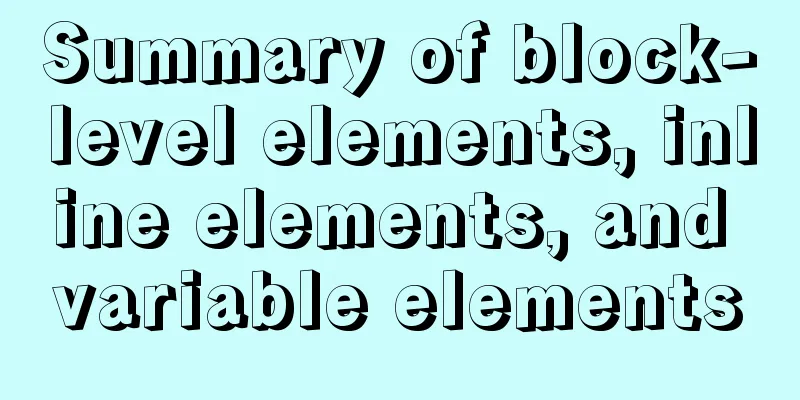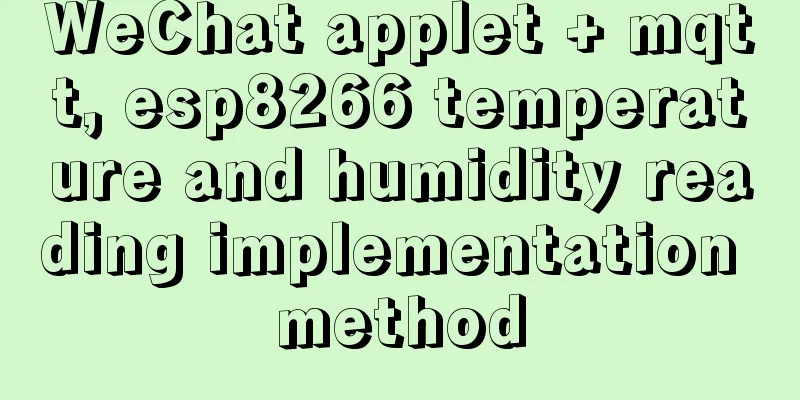An article to understand what is MySQL Index Pushdown (ICP)

1. IntroductionICP (Index Condition Pushdown) is a query optimization strategy introduced in MySQL 5.6. It pushes the index condition check originally done by the server layer down to the storage engine layer to reduce the number of table returns and storage engine accesses, thereby improving query efficiency. 2. PrincipleTo understand how ICP works, let's first understand how MySQL queries without ICP:
When using ICP, the query process is as follows:
III. PracticeFirst create a table and insert records
CREATE TABLE user (
id int(11) NOT NULL AUTO_INCREMENT COMMENT "Primary key",
name varchar(32) COMMENT "Name",
city varchar(32) COMMENT "city",
age int(11) COMMENT "age",
primary key(id),
key idx_name_city(name, city)
)engine=InnoDB default charset=utf8;
insert into user(name, city, age) values("ZhaoDa", "BeiJing", 20),("QianEr", "ShangHai", 21),("SunSan", "GuanZhou", 22), ("LiSi", "ShenZhen", 24), ("ZhouWu", "NingBo", 25), ("WuLiu", "HangZhou", 26), ("ZhengQi", "NanNing", 27), ("WangBa", "YinChuan", 28), ("LiSi", "TianJin", 29), ("ZhangSan", "NanJing", 30), ("CuiShi", "ZhengZhou", 65), ("LiSi", "KunMing", 29), ("LiSi", "ZhengZhou", 30);
Check the table records mysql> select * from user; +----+----------+-----------+------+ | id | name | city | age | +----+----------+-----------+------+ | 1 | ZhaoDa | Beijing | 20 | | 2 | QianEr | ShangHai | 21 | | 3 | SunSan | GuanZhou | 22 | | 4 | LiSi | ShenZhen | 24 | | 5 | ZhouWu | NingBo | 25 | | 6 | WuLiu | HangZhou | 26 | | 7 | ZhengQi | NanNing | 27 | | 8 | WangBa | YinChuan | 28 | | 9 | LiSi | TianJin | 29 | | 10 | ZhangSan | NanJing | 30 | | 11 | CuiShi | ZhengZhou | 65 | | 12 | LiSi | KunMing | 29 | | 13 | LiSi | ZhengZhou | 30 | +----+----------+-----------+------+ 13 rows in set (0.00 sec) Note that a joint index (name, city) is created in this table. Suppose we want to query the following statement: select * from user where name="LiSi" and city like "%Z%" and age > 25; 3.1 Not using index pushdownWithout using index pushdown, according to the "leftmost match" principle of the joint index, only the name column can use the index. The city column cannot use the index because it is a fuzzy match. The execution process at this time is as follows:
Let’s draw a picture:
Index condition pushdown is not used 3.2 Using Index PushdownWhen using index pushdown, the execution process is as follows:
Let’s draw a picture:
In addition, you can also see from the execution plan that index pushdown is used (Using index condition is displayed in Extra) mysql> explain select * from user where name="LiSi" and city like "%Z%" and age > 25; +----+-------------+-------+------------+------+---------------+---------------+---------+-------+------+----------+------------------------------------+ | id | select_type | table | partitions | type | possible_keys | key | key_len | ref | rows | filtered | Extra | +----+-------------+-------+------------+------+---------------+---------------+---------+-------+------+----------+------------------------------------+ | 1 | SIMPLE | user | NULL | ref | idx_name_city | idx_name_city | 99 | const | 4 | 7.69 | Using index condition; Using where | +----+-------------+-------+------------+------+---------------+---------------+---------+-------+------+----------+------------------------------------+ 1 row in set, 1 warning (0.00 sec) IV. Conditions of Use
5. Related system parametersIndex condition pushdown is enabled by default, and you can use the system parameter optimizer_switch to control whether it is enabled. View the default status: mysql> select @@optimizer_switch\G; *************************** 1. row *************************** @@optimizer_switch: index_merge=on,index_merge_union=on,index_merge_sort_union=on,index_merge_intersection=on,engine_condition_pushdown=on,index_condition_pushdown=on,mrr=on,mrr_cost_based=on,block_nested_loop=on,batched_key_access=off,materialization=on,semijoin=on,loosescan=on,firstmatch=on,duplicateweedout=on,subquery_materialization_cost_based=on,use_index_extensions=on,condition_fanout_filter=on,derived_merge=on 1 row in set (0.00 sec) Toggle state: set optimizer_switch="index_condition_pushdown=off"; set optimizer_switch="index_condition_pushdown=on"; SummarizeThis is the end of this article about what is MySQL Index Pushdown (ICP). For more information about MySQL Index Pushdown (ICP), please search for previous articles on 123WORDPRESS.COM or continue to browse the following related articles. I hope you will support 123WORDPRESS.COM in the future! You may also be interested in:
|
<<: Detailed explanation of the solution to image deformation under flex layout
>>: Use of docker system command set
Recommend
Solution to MySQL server login error ERROR 1820 (HY000)
Fault site: Log in to the MySQL server and get th...
Detailed explanation of MYSQL stored procedure comments
Table of contents 1. Instructions for use 2. Prep...
Detailed explanation of Bind mounts for Docker data storage
Before reading this article, I hope you have a pr...
Detailed tutorial on uploading and configuring jdk and tomcat on linux
Preparation 1. Start the virtual machine 2. git t...
Nginx learning how to build a file hotlink protection service example
Preface Everyone knows that many sites now charge...
Block-level and line-level elements, special characters, and nesting rules in HTML
If we introduce the nesting rules of basic HTML w...
Detailed tutorial for upgrading MySQL 5.7.17 free installation version on Windows (x86, 64bit)
MySQL needs to be upgraded to version 5.5.3 or ab...
React Hooks Usage Examples
Table of contents A simple component example More...
Let's talk in detail about how the NodeJS process exits
Table of contents Preface Active withdrawal Excep...
Sample code for implementing DIV suspension with pure CSS (fixed position)
The DIV floating effect (fixed position) is imple...
Some experience sharing on enabling HTTPS
As the domestic network environment continues to ...
MySQL 8.0 error The server requested authentication method unknown to the client solution
After installing the latest version 8.0.11 of mys...
Tomcat server security settings method
Tomcat is an HTTP server that is the official ref...
Analysis of the HTML writing style and reasons of experienced people
1. Navigation: Unordered List vs. Other Label Ele...
MySQL bypasses granting information_schema objects and reports ERROR 1044 (4200) error
This question is a discussion among netizens in a...











